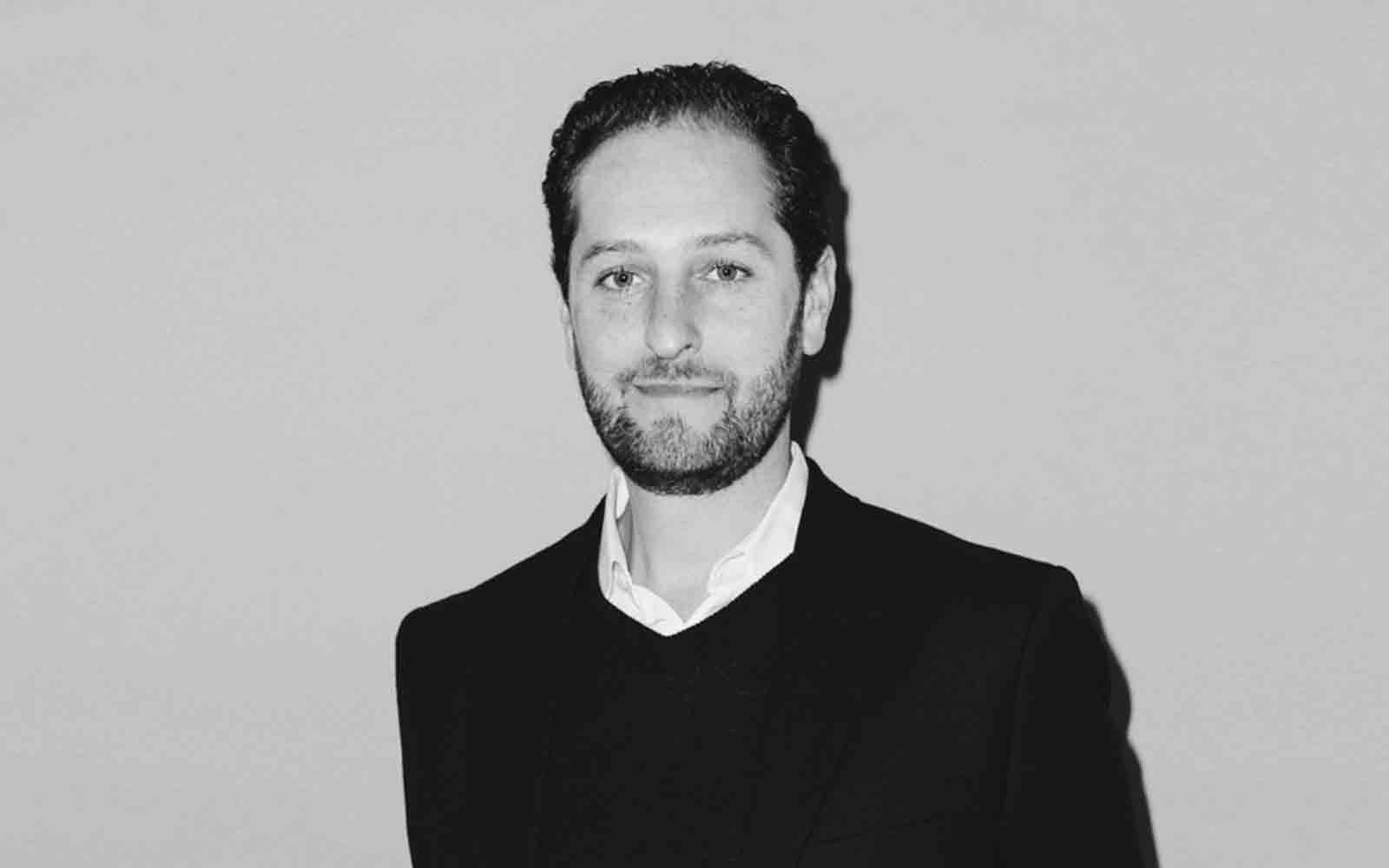
Much like MoMA, the Guggenheim, and the Met, The Armory Show is a New York arts institution. An annual fair with roots harkening back to the early 20th century, it brings together galleries from nearly 30 countries on Piers 92 and 94 in central Manhattan to showcase an exceptional range of contemporary and modern art from around the world.
In advance of this week’s opening, I hopped on a call with the show’s executive director, Noah Horowitz, to talk about how travel informed the curation of the show and this year’s geographical focus: Middle East, North Africa and the Mediterranean.
Q: How did your travels influence this year’s show?
A: I think the key with travel is that the art world is a really strong reflection of the global culture that we now live in. There was a moment 10 or 20 years ago where New York and London and Paris and the cultural capitals were much more on their own. But nowadays one can’t just rely on just visiting galleries and artists and institutions in these cities. You really do need to travel because culture has bred prolifically globally.
And that’s not to say there weren’t great artists in the regions before, but now things are more and more connected. To run a fair like The Armory where we have nearly 200 galleries from the better part of 30 countries, you have to be out there, all the time, building relationships. You really need to have your ear to the ground to understand what’s happening and what the latest trends are, and we do that rigorously.
In preparation for this year’s fair I traveled to Hong Kong, Shanghai, Beijing, Istanbul, Dubai, Sharjah, Paris, London, L.A., Chicago, and that’s just off the top of my head. Hopefully we bring back at least a little slice of that to New York in March each year. In regards to the MENAM focus, in the Middle East, I say it’s even more necessary to build those person-to-person relationships with the galleries and with the collectors. It’s imperative, and really the baseline of what we do. I think it’s also a strong sign of respect in that you care to make the effort to take these journeys.
Q: Why did The Armory choose the Middle East, North Africa, and the Mediterranean (MENAM) region for this year’s geographic focus?
A: It stems from our broader to desire to push the envelope in terms of content in New York City. There’s a certain flatness in the fair landscape nowadays; everything is beginning to blur together as the sheer number of these fairs has escalated. Differentiating oneself is harder and harder to do, and I think we’ve always had a position within the marketplace of being a site for innovation and for seeing new things. The Focus initiative that we undertake is a very clear example of that.
The Middle East, of course, is a huge region in and of itself, and is germane given everything that is happening in the region nowadays politically, socially, culturally, etc. At the same time, certainly relative to the reception of art and culture from the Middle East, I think the marketplace in New York—and America more broadly—is underrepresented, so we felt that time was ripe to introduce these artists and galleries to our audiences at The Armory.
Unique this year is the fact that we’ll have our first ever gallery from Egypt, which is really exciting: Gypsum Gallery in Cairo. We have other galleries coming from Dubai, from Istanbul, Saudi Arabia, Beruit, and several New York galleries as well, who are all showing artists from the region. Some of the artists like Mona Hatoum, who Andrew and Bonin are showing—I think will be quite familiar. Others—from Nil Yalter, a really important feminist and video artist in Turkey, to Marwan, an artist more in the Modern vein that Meem Gallery in Dubai—will be fresh and feel very interesting to the general public hungry to see what’s happening in this part of the world.
This is the sixth year we’ve done a regional focus at The Armory. Last year we went to China, and before that we highlighted Latin America, the Nordic countries. The initiative itself, I should mention, is being produced in partnership with Edge of Arabia and Art Jameel, which are Saudi-based cultural organizations that are giving a lot of strategic guidance, as well as the means and ends to bring a large community of actors to the city and also to help underwrite a lot of the projects that will be happening outside of the gallery booths.
Q: Are there any pieces that come to mind as exemplifying the initiative?
A: Untitled Garden
The initiative will take shape in two forms: gallery presentations and seven or eight special projects. One of them is by Abbas Akhavan, an installation of cypress trees about 25 feet across, which forms a boundary or barrier into the VIP lounge itself. Abbas’s work, and this piece in particular, is all about creating a pressure point and really emphasizing how an organic structure can create a boundary. Metaphorically, certainly, there’s a reference there to how the barriers and boundaries and lines between different nation states are formed. I think that will be quite beautiful aesthetically, but it will also have a serious and slightly confrontational undertone to it.